Sisal Floor Covering Specification
General Description
| Aspect | Details |
|---|---|
| Origin | Sisal is derived from the leaves of the Agave Sisalana, a subtropical plant originally from South America. The name comes from a port in Yucatan, Mexico. |
| Production | Fibres are extracted by soaking and pressing the leaves, then washed, dried, and spun. |
| Traditional Use | Historically used for ropes. |
| Modern Use | Now prized as a natural floor covering with strong decorative appeal for home interiors. |
| Color & Dyes | Natural color is creamy white. Sisal accepts dyes well, making it suitable for vibrant, contemporary color schemes. |
| Durability | Highly resistant to wear and rubbing, and soft to the touch. |
| Recommended Areas | Bedrooms, sitting rooms, corridors, stairs, offices (private and professional), stores, and shops. Not recommended for damp rooms. |
Laying Recommendations
| Step | Instructions |
|---|---|
| Backing | Sisal coverings are available with felt backing and should be installed as per standard flooring practices. |
| Acclimatization | Before cutting, unfold the flooring on its future base for 48 hours to adjust to room hygrometry. |
| Measurement Variations | As sisal is a natural fibre, slight dimensional variations may occur. Plan for a safety margin. |
| Installation Method | Stretch the covering from wall to wall. Glue half of it with acrylic paste from the center to the edges, press firmly, and repeat for the other side. Cut excess along skirting boards to finish. |
Care Instructions
| Aspect | Recommendation |
|---|---|
| Regular Cleaning | Vacuum frequently using a brush, but avoid rubbing aggressively. |
| Deep Cleaning | Perform a thorough dry clean once or twice per year, depending on foot traffic and wear. |
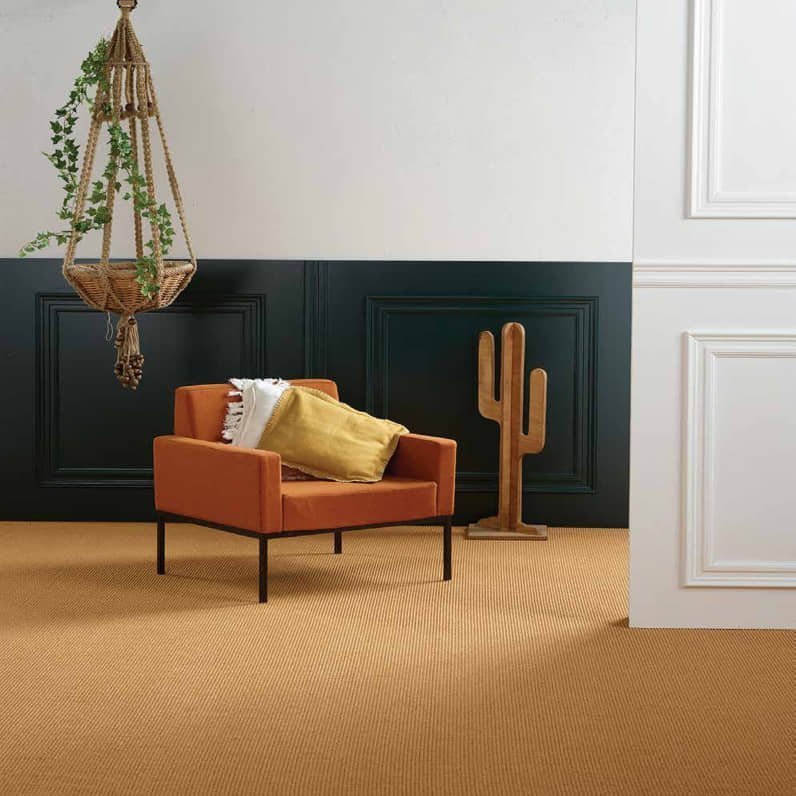
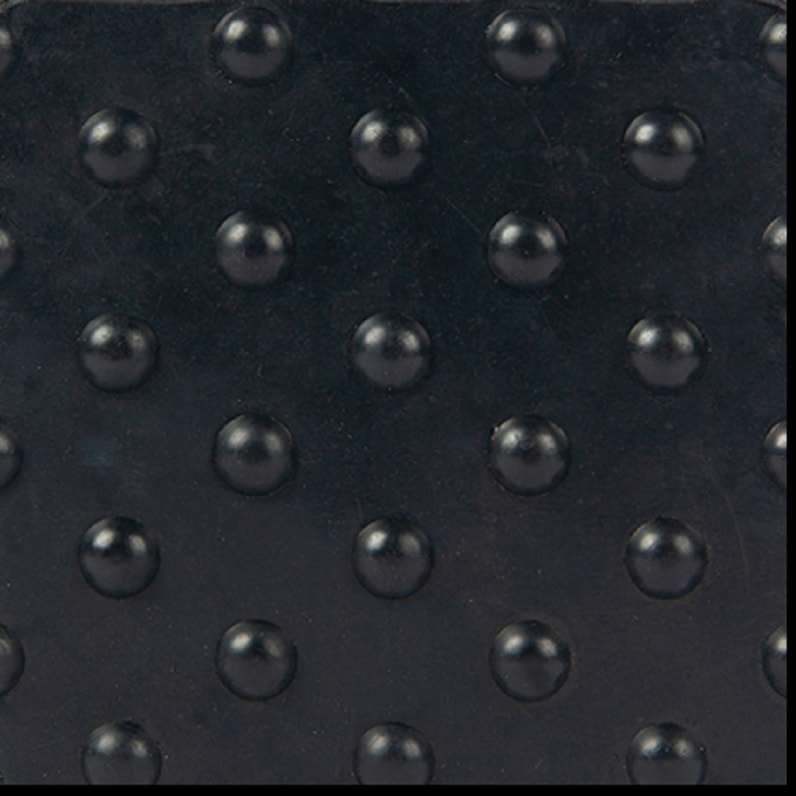
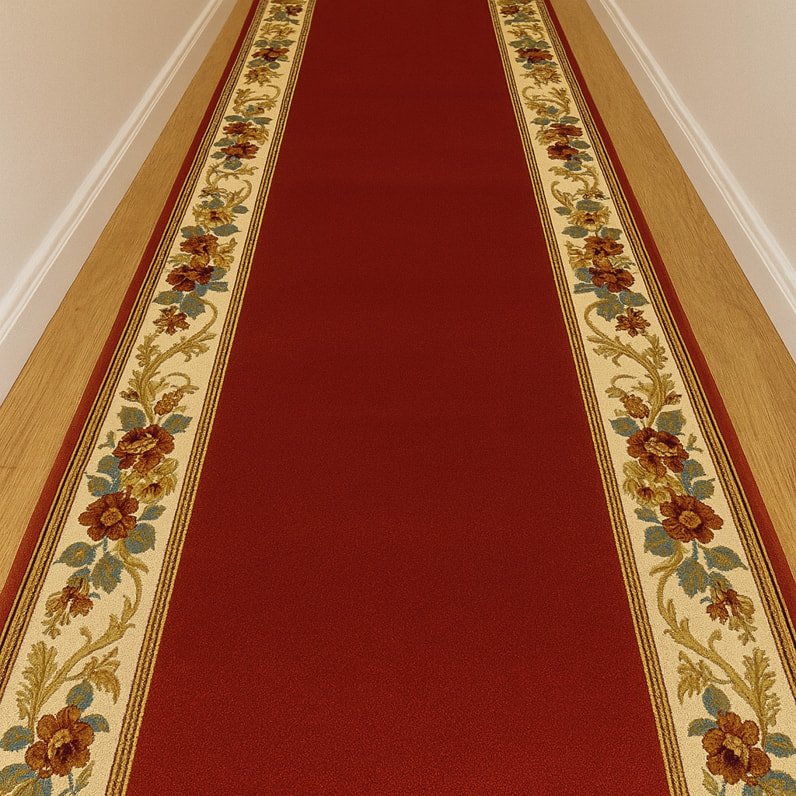
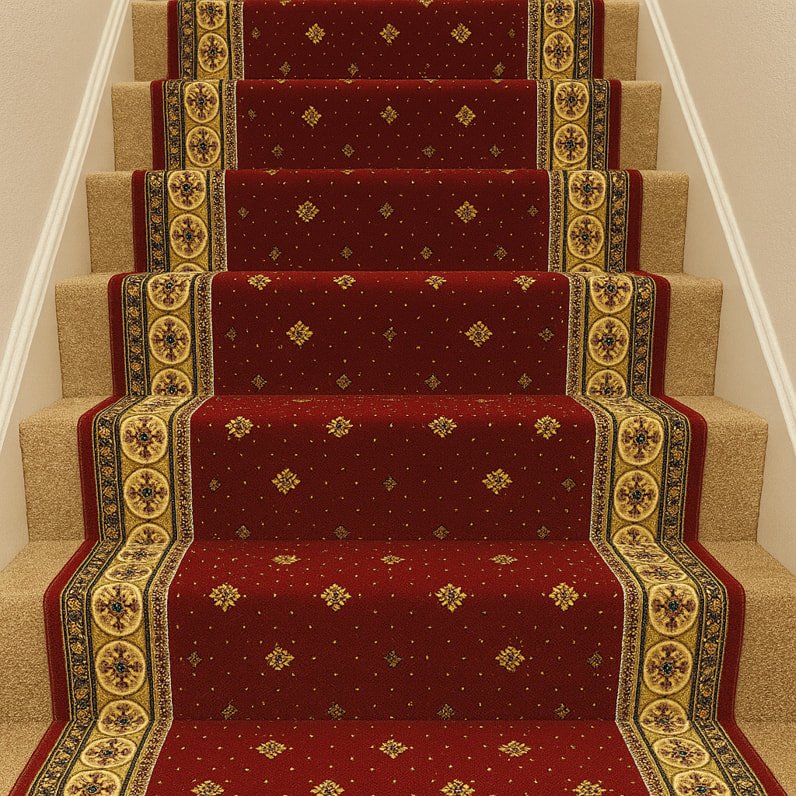
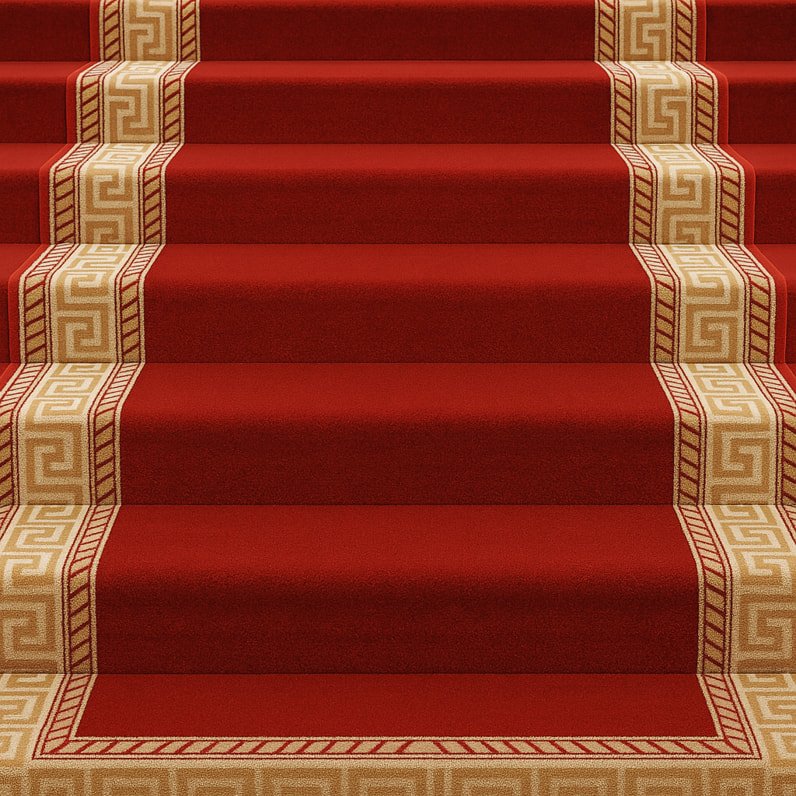
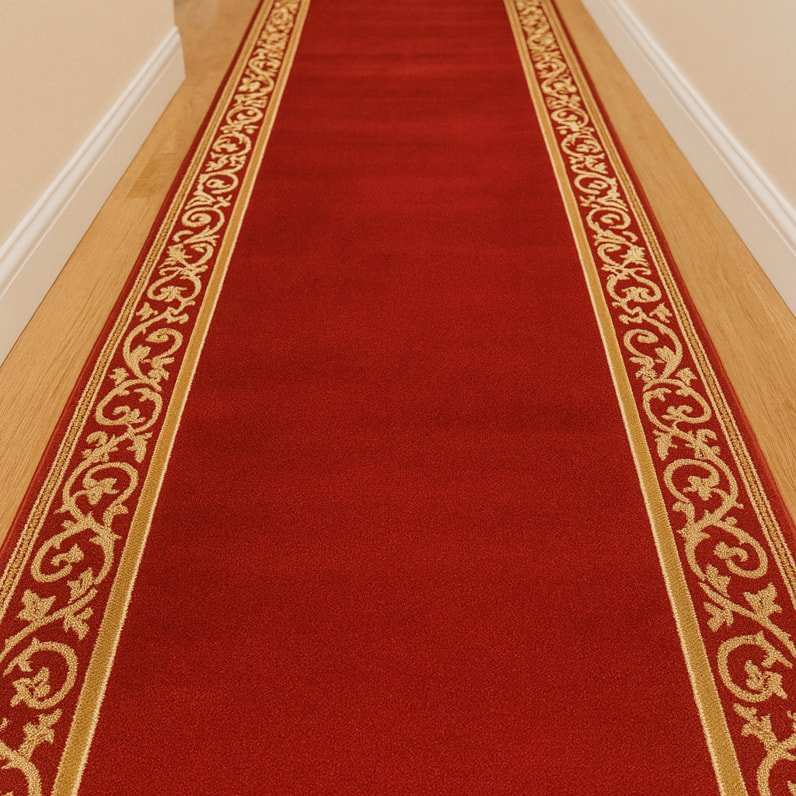
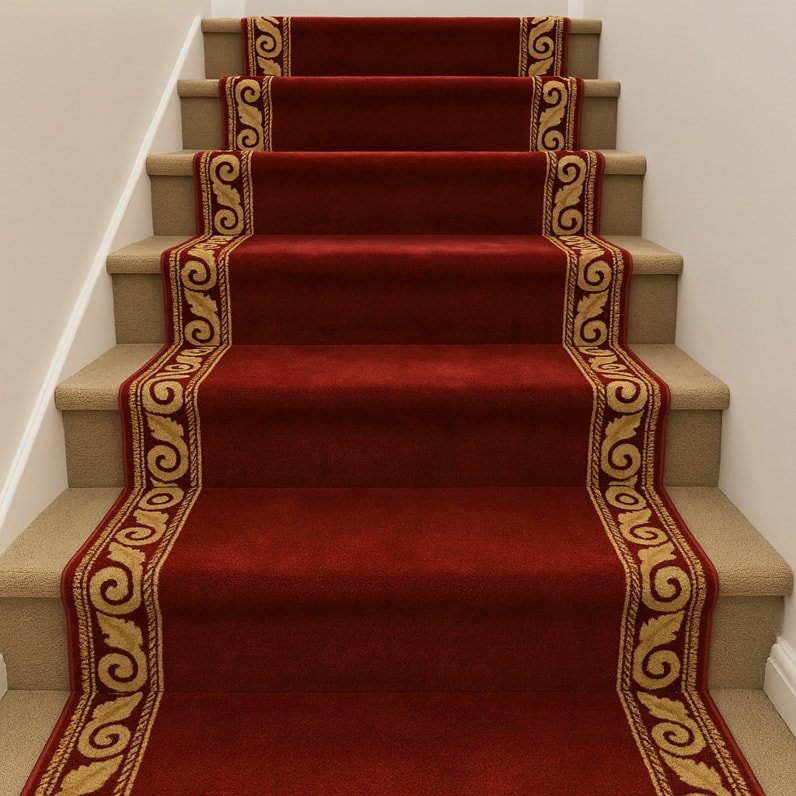
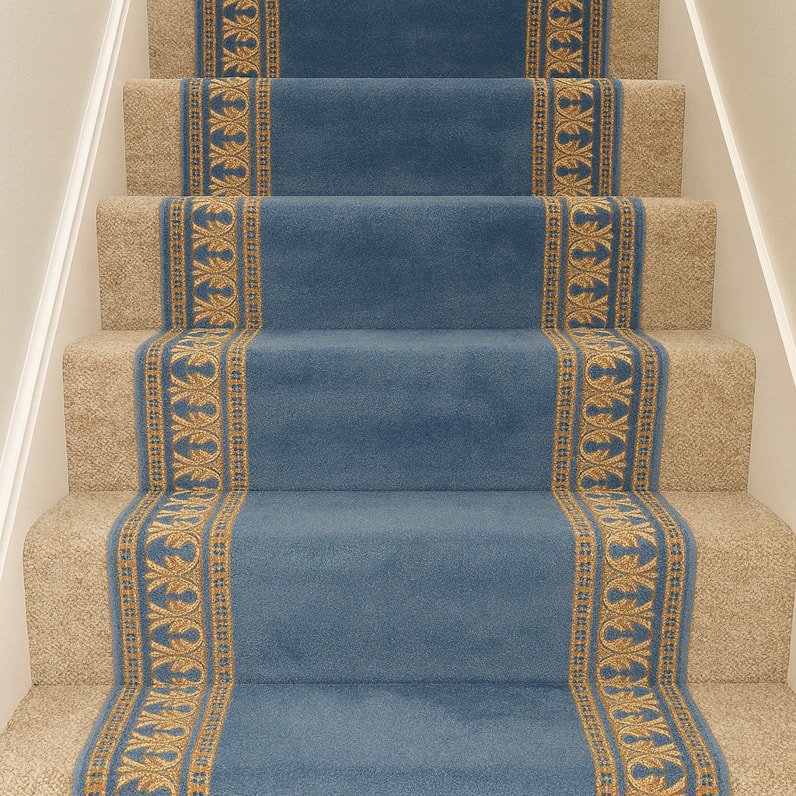
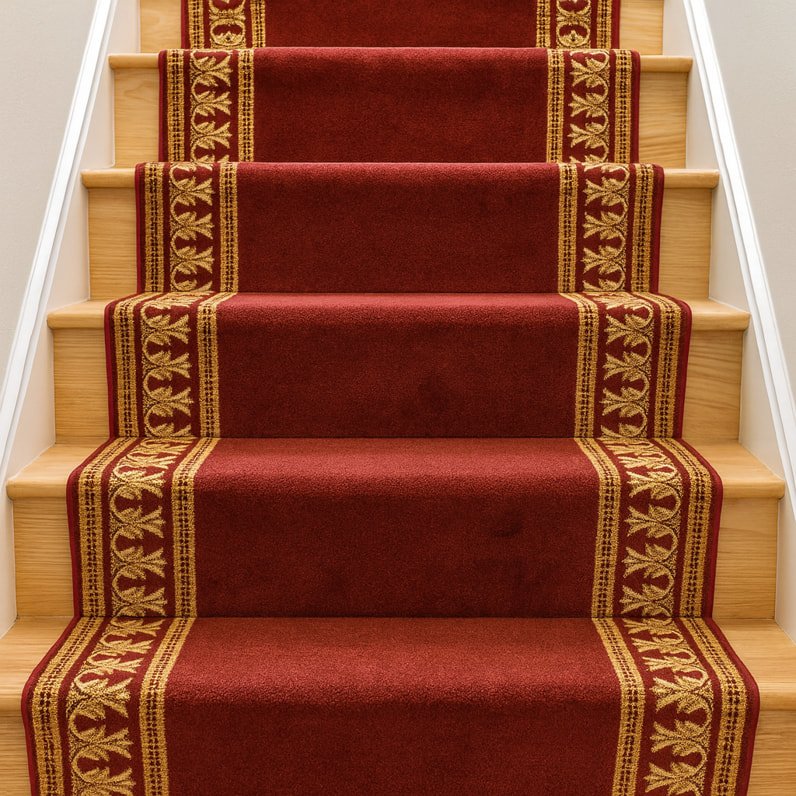
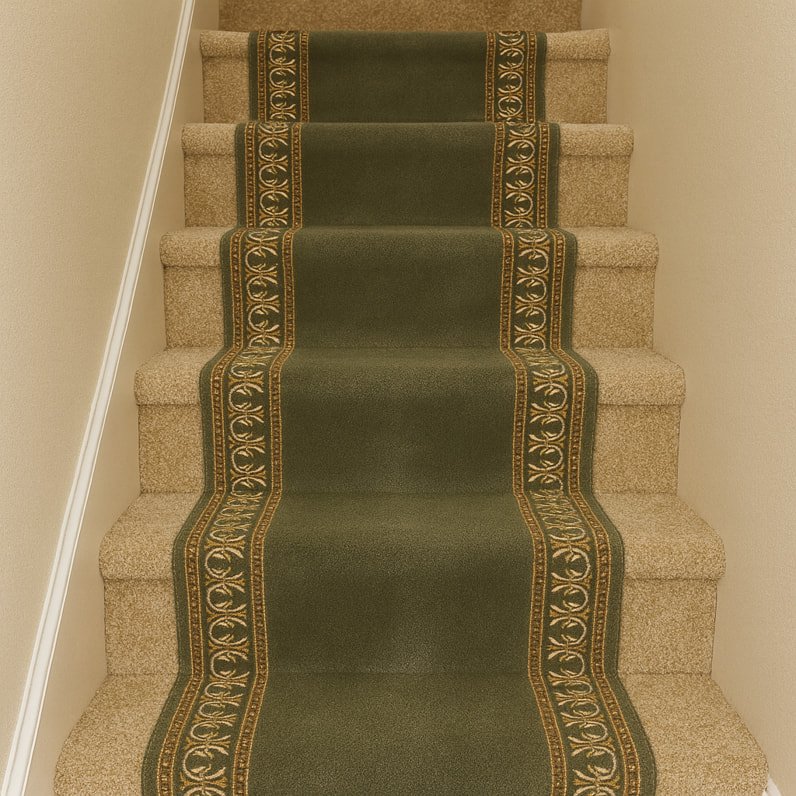
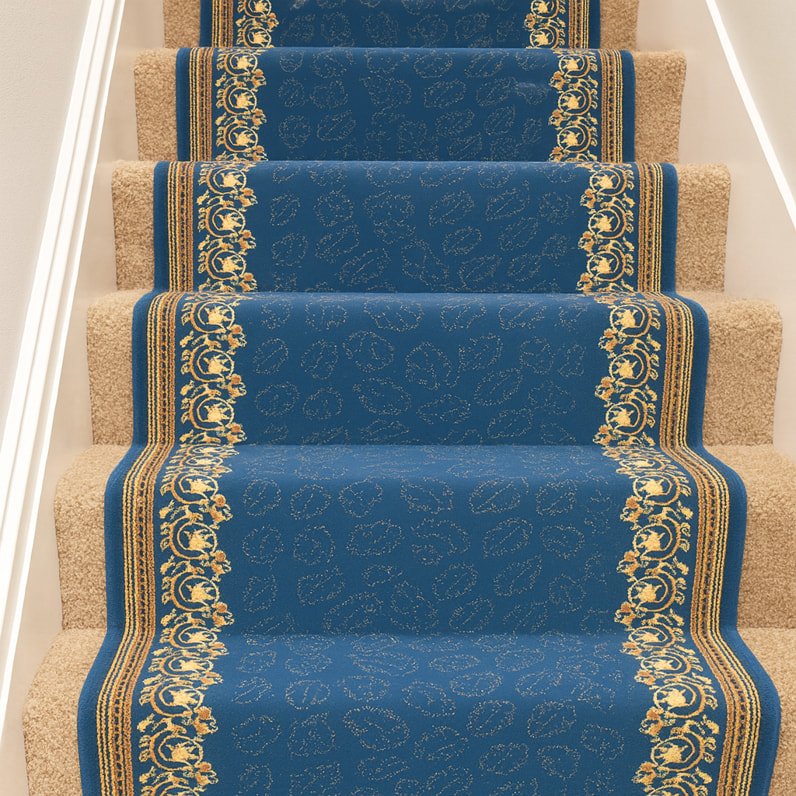
Reviews
There are no reviews yet.